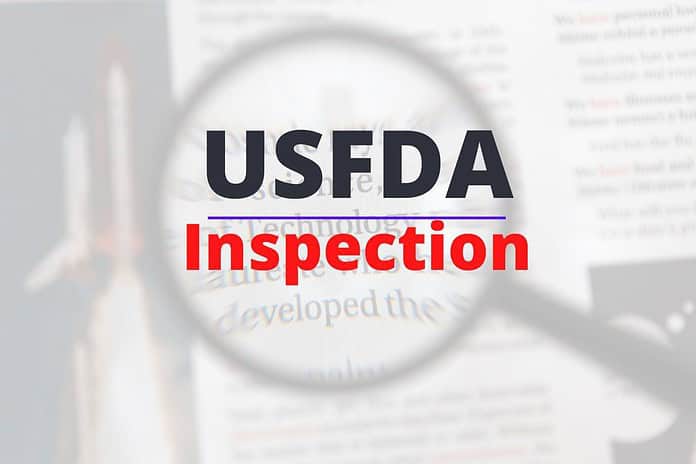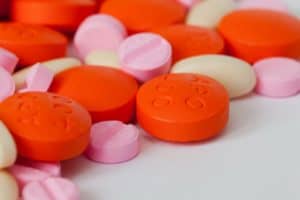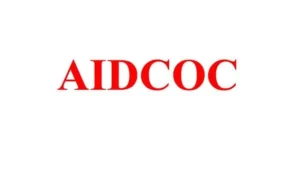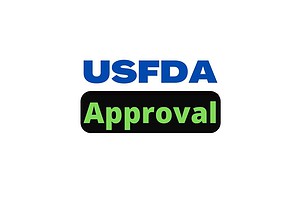- Key Notes on Revised Schedule M: API Part-3 - April 7, 2025
- Key Notes on Revised Schedule M: API Part-2 - March 28, 2025
- Key Notes on Revised Schedule M: API Part-1 - March 15, 2025
Last Updated on October 2, 2024 by The Health Master
Types of inspections done by USFDA
The United States Food and Drug Administration (USFDA) conducts several types of inspections to ensure compliance with regulatory standards and to safeguard public health.
These inspections are an integral part of the drug approval process and are carried out both domestically within the US and internationally for foreign manufacturers exporting to the US market.
The different types of inspections performed by the USFDA are as follows:
1. Pre-Approval Inspections (PAI):
Pre-approval inspections are conducted before the USFDA grants market authorization for a new drug or a significant change to an existing drug.
The primary objective of these inspections is to assess whether the manufacturing facility and processes comply with current Good Manufacturing Practices (cGMP) regulations.
The USFDA typically conducts PAIs in the following scenarios:
- First-Time Facility Mention: When the facility is named in a New Drug Application (NDA) or Abbreviated New Drug Application (ANDA) for the first time.
- First Application by the Applicant: For companies seeking their initial drug approval.
- First ANDA for an Approved Drug: When an applicant files the first generic version of an already approved drug.
- New Molecular Entity (NME) or Narrow Therapeutic Range Drug: For drugs with novel active ingredients or a very limited effective dose range.
- New Manufacturing Process or Dosage Form: When a facility introduces a new manufacturing process or dosage form for a drug.
- High-Risk Active Pharmaceutical Ingredient (API): If the drug’s API poses potential risks.
- ‘Official Action Indicated’ Status or No Recent Inspection: In response to past compliance issues or if there hasn’t been an inspection in a while.
- Drugs Difficult to Manufacture: For complex drugs that require special attention due to the challenges in manufacturing.
- Risk-Based Selection: Based on the site’s compliance record and recent inspections.
- Other Supply Chain Risks: Inspections may be triggered due to potential risks associated with the drug’s supply chain.
2. Post-Approval Inspections (PAI) / Product-Specific Inspections:
Post-approval inspections are conducted after a drug product has been approved and is available in the market.
These inspections aim to evaluate whether the drug manufacturing process continues to meet the required standards and that the product remains safe and effective.
The USFDA may conduct post-approval inspections to assess various aspects, including:
- Commercial-Scale Processes: To ensure the drug is consistently manufactured at the required scale and meets quality standards.
- Process Validation Lifecycle: To verify that the manufacturing process remains validated and is robust.
- Manufacturing Changes: To assess the impact of any changes made to the manufacturing process.
- Changes in Perceived Product Risks: If new safety concerns arise related to the product.
3. Surveillance Inspections:
Surveillance inspections are routine inspections conducted to ensure ongoing compliance with cGMP regulations.
These inspections are based on various factors, including:
- Compliance History: The establishment’s past compliance record with the USFDA.
- Records Linked to the Establishment: Inspection of records and data associated with the facility.
- Inherent Risk of the Drug Manufactured: The nature of the drug being produced and its potential risks.
- Inspection Frequency: The frequency of previous inspections at the establishment.
- Inspection by a Foreign Government: Information or concerns received from foreign regulatory authorities.
- Patent Exposure: If there are intellectual property issues involved with the drug.
- Hazard Signals, Import Alert, or Warning Letters: Triggers such as product recalls, import alerts, or warning letters may lead to a surveillance inspection.
4. For-Cause Inspections:
For-cause inspections are conducted in response to specific incidents or communications that raise concerns about the safety, quality, or compliance of a drug product.
Triggers for for-cause inspections may include:
- Recalls: When a drug product is recalled from the market due to safety issues.
- Outbreaks: In cases of adverse events or unexpected health issues related to a drug.
- Information from Whistle-Blowers: When individuals provide information about potential violations or safety concerns.
It is important to note that these inspections play a critical role in ensuring the quality, safety, and efficacy of pharmaceutical products.
Compliance with cGMP regulations and successful inspections are essential for drug manufacturers to obtain and maintain market approval in the US and other regulated markets worldwide.
Understanding GMP, cGMP, and WHO-GMP
AHUs, Air Types, Air Changes and their Functions in Pharma Industry
Understanding Airlock Systems in Pharma Industry
Upcoming events: Pharma, Cosmetics, Homoeopathy & Medical Devices
Guidance documents for industry
Cosmetics Testing in India: A Comprehensive Guide
Airlocks in the Pharma Industry: An essential component
Line clearance and maintenance in manufacturing: A comprehensive guide
Difference between Validation and Calibration in the Pharma Industry
The Effectiveness of 70% Alcohol as a Disinfectant
Wet Granulation vs Dry Granulation: Understanding the Key Differences
Understanding GMP, cGMP, and WHO-GMP
USFDA issues Form 483 to Pharma Companies: Let’s know all about it
Calibration of Laboratory Instruments
Difference: Disintegration and Dissolution test in pharma industry
How to prepare SOPs in the Pharma Industry
Difference between branded and generic medicines
Understanding DQ, IQ, PQ, and OQ in the Pharma Industry
Duties and responsibilities of QA person in Pharma Industry
Types of Tablet Coating and its Functionality in pharma industry
Dissolution test: Importance in Pharma Industry
Lux level in Industry (Pharma, Cosmetics, Homeopathy & Medical Devices)
NSQ Drug: Route cause analysis and CAPA
Area required for manufacturing of Drugs, Cosmetics, Homoeopathic & Blood Centre
BA / BE Studies: Bioavailability & Bioequivalence
For informative videos by The Health Master, click on the below YouTube icon:
For informative videos on Medical Store / Pharmacy, click on the below YouTube icon:
For informative videos on the news regarding Pharma / Medical Devices / Cosmetics / Homoeopathy etc., click on the below YouTube icon:
For informative videos on consumer awareness, click on the below YouTube icon:












